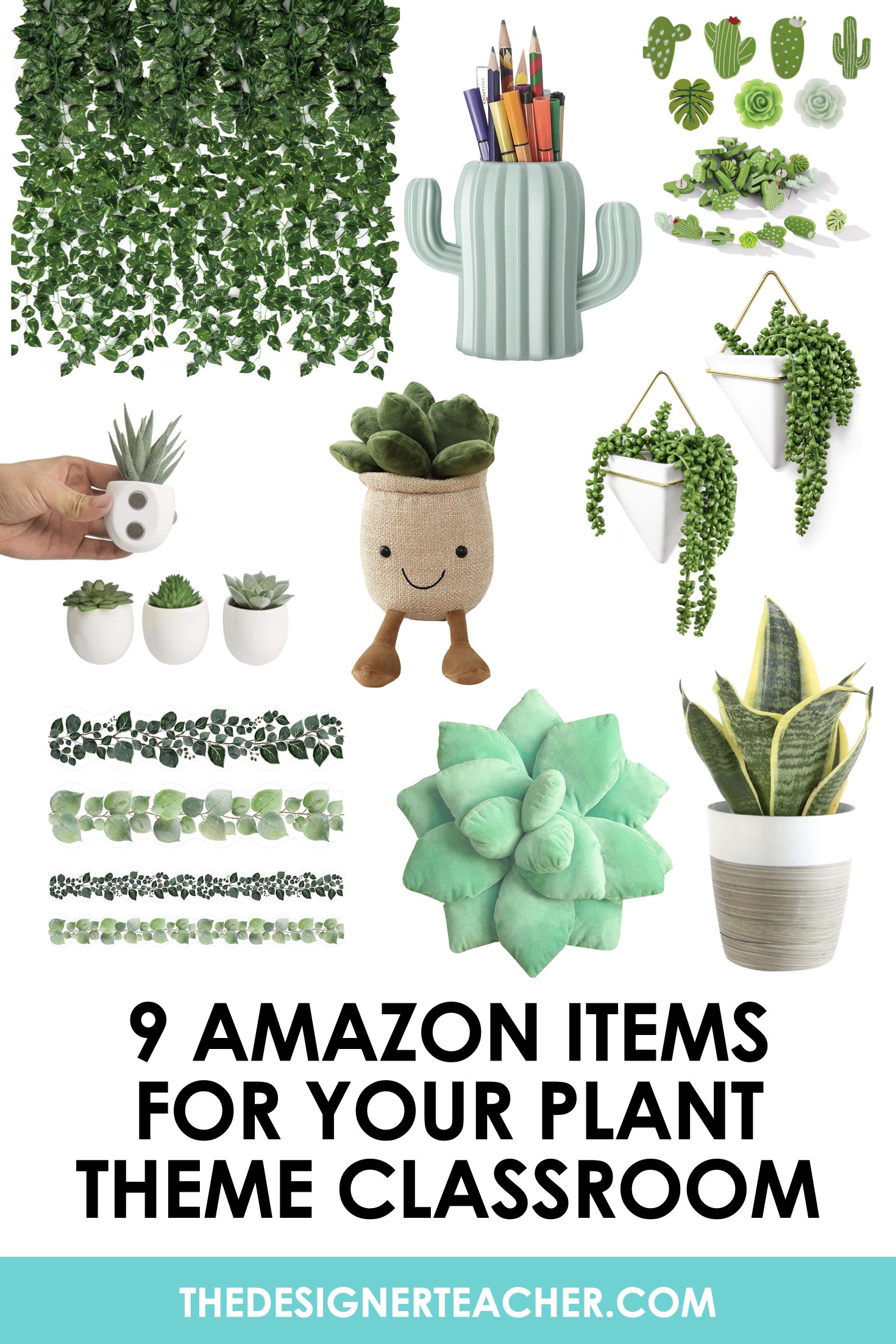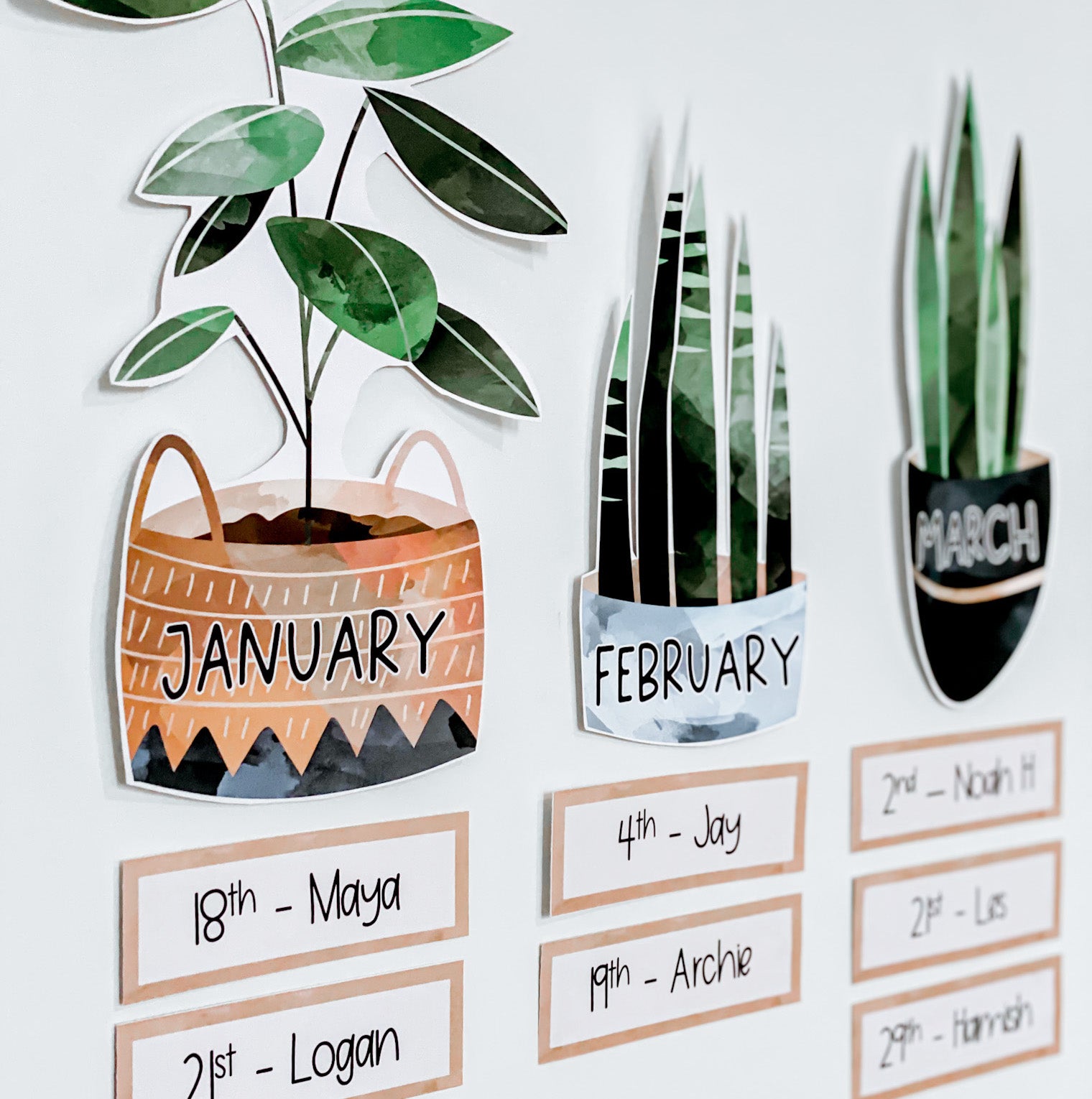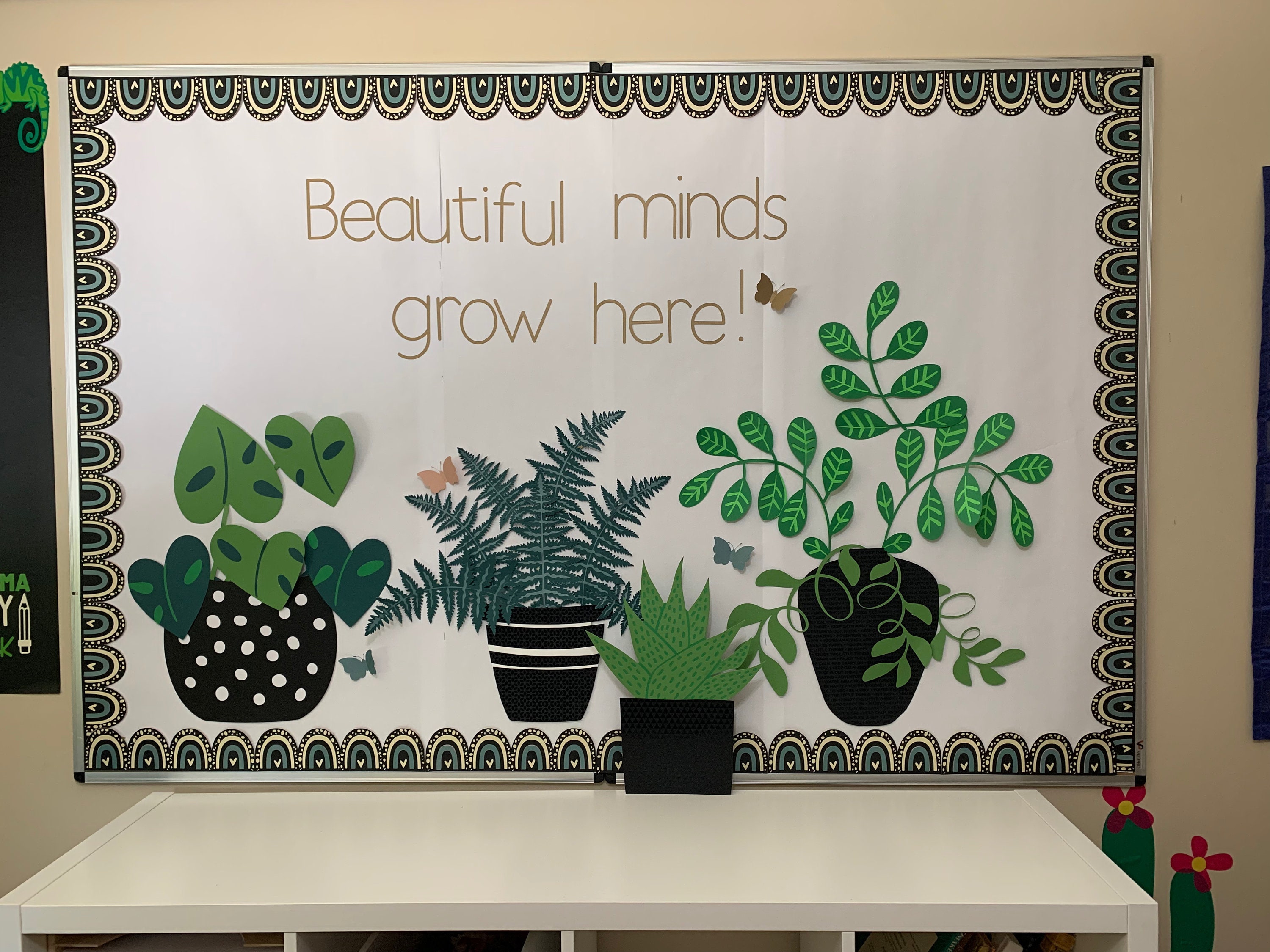As educators, we constantly look for ways to enhance our learning environments. One of the most rewarding and visually appealing ways to do this is through plant classroom decor. Plants not only beautify the space but also contribute to a healthier and more stimulating atmosphere for our students. Drawing from my hands-on experience, I will guide you through the different aspects of incorporating plants into your classroom decor.
Why Choose Plant Classroom Decor?
The integration of plants in classroom decor is more than just aesthetics—it brings numerous benefits that enhance the educational experience.
Benefits of Plants in the Classroom
- Improved Air Quality: Plants can filter toxins, improve oxygen levels, and create a healthier learning environment.
- Enhanced Mood: The presence of greenery has been shown to reduce stress and promote a positive mood among students and teachers alike.
- Increased Focus: Studies indicate that interaction with plants can help maintain attention and cognitive functioning.
- Encouragement of Responsibility: Taking care of plants fosters a sense of responsibility and respect for living things among students.
Choosing the Right Plants for Classroom Decor
When it comes to selecting plants, there are various factors to consider, including maintenance requirements, safety, and suitability for your classroom’s environment.
Low-Maintenance Plants Ideal for Classrooms
Here are some popular options that thrive with minimal care:

| Plant Name | Light Requirements | Watering Needs | Special Notes |
|---|---|---|---|
| Snake Plant | Low to bright indirect light | Water every 2-3 weeks | Tolerates neglect; purifies air |
| Pothos | Low to bright indirect light | Water when dry | Fast-growing; trailing vines |
| Spider Plant | Bright, indirect light | Regularly, but let it dry out | Produces baby spiders; easy to propagate |
| Zamioculcas zamiifolia (ZZ Plant) | Low light | Every 2-3 weeks | Low maintenance; drought-tolerant |
Tips for Plant Selection
- Consider the amount of natural light your classroom receives.
- Opt for non-toxic plants to ensure student safety.
- Think about the overall theme of your classroom when choosing plant types.

Creative Ways to Incorporate Plants in Classroom Decor
Now that you know what plants to choose, let’s explore creative and engaging ways to incorporate them into your classroom decor.
1. Vertical Gardens
Vertical gardens utilize wall space efficiently and can be a spectacular centerpiece in your classroom. They create visual interest while maximizing your space.
- Choose a variety of plants for texture and color.
- Use wall-mounted planters or a trellis system.

2. Terrariums
Terrariums are miniature ecosystems that not only look captivating but also serve as interactive learning tools.
- Students can learn about ecosystems and plant care.
- Terrariums require minimal maintenance, making them classroom-friendly.
3. Plant Corner
Create a designated “plant corner” filled with various potted plants. This could even serve as a quiet corner where students can relax amongst greenery.

4. Classroom Accents
Use plants as accents on shelves, windowsills, or teacher desks. A single well-placed plant can brighten up the space while promoting a calm atmosphere.
Maintaining Your Classroom Plants
Once you’ve incorporated plants into your classroom, proper maintenance is key to ensuring they thrive. Here are some essential tips:

Watering and Care
- Establish a watering schedule to keep plants healthy.
- Involve students in the care routine to encourage responsibility.
Light Management
Assess the light conditions of your classroom throughout the year and adjust plant placement accordingly. Rotate plants if necessary to balance light exposure.

Dealing with Pests
Occasional pests can be a concern. Monitor your plants regularly and take preventative measures:
- Use insecticidal soap if pests appear.
- Encourage students to observe plants for early signs of infestation.
Pros and Cons of Plant Classroom Decor
Pros
- Aesthetic enhancement of the classroom environment.
- Health benefits such as improved air quality and reduced stress.
- Educational opportunities related to biology and environmental science.
Cons
- Need for ongoing maintenance which can be time-consuming.
- Potential allergies or sensitivities in some students.
- Risk of pests if not monitored regularly.
Conclusion: Bring Nature Into Your Classroom
Incorporating plants into classroom decor is a beautiful way to create a welcoming and enriching environment for students. Beyond aesthetics, plants contribute to well-being, engagement, and responsibility among learners. With the right selection and care, your classroom can be transformed into a vibrant space where students thrive.
Frequently Asked Questions (FAQs)
1. What types of plants are best for classrooms?
Low-maintenance plants like snake plants, pothos, and spider plants are ideal for classrooms due to their resilience and air-purifying properties.
2. How can I involve students in plant care?
Assign students specific plants to care for, create a watering schedule, or host a “plant day” where they can learn about their plants and participate in maintenance.
3. Are there any safety concerns with classroom plants?
It’s essential to choose non-toxic plants and be aware of any students with allergies. Research plant types before introducing them into your classroom.
4. Can plants improve student concentration?
Yes! Studies demonstrate that greenery can enhance focus and cognitive performance, contributing to a more productive learning atmosphere.
5. How often should I water classroom plants?
Watering schedules vary by plant. Generally, check the top inch of soil; if it’s dry, it’s time to water. Establish a routine that aligns with your plants’ specific needs.